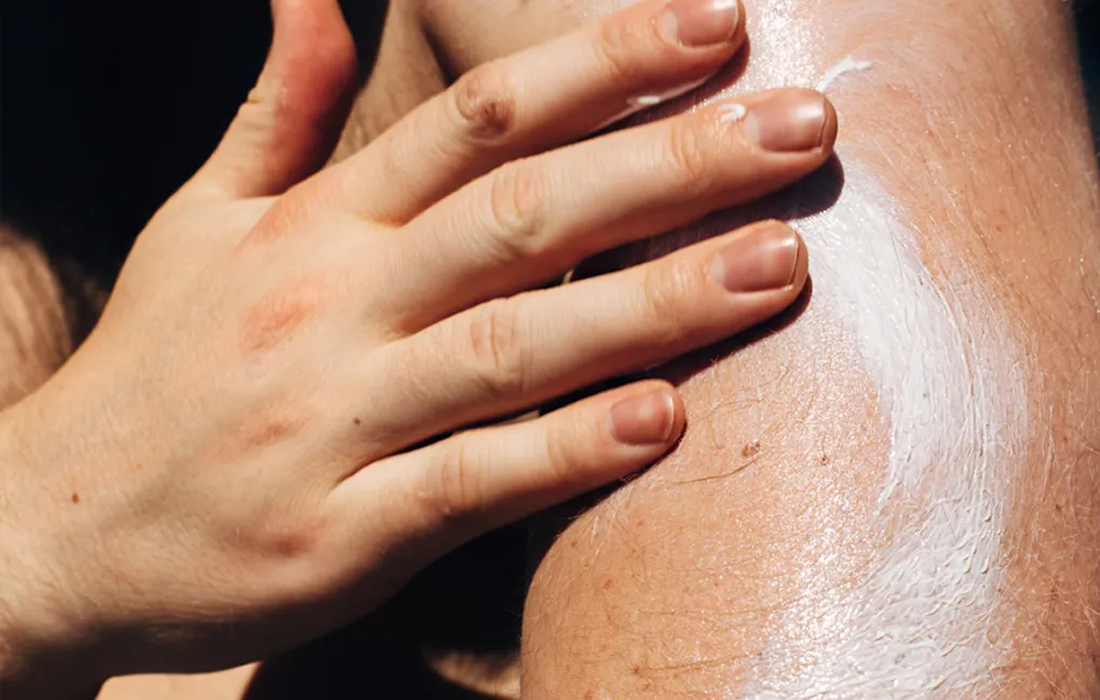Anti-Aging
Skin Forms Differently Across the Body: New Study
The skin is the largest organ in the body. It has an average area of about 20 square feet , that’s the size of a 4′ by 5′ room. Skin diseases affect about 84.5 million Americans. Aging, trauma, and environmental and genetic factors can lead to a wide range of skin conditions.
The stratum corneum (SC) is the outermost layer of the epidermis. It is composed of terminally differentiated and keratinocytes that reside within a lipid matrix, like bricks and mortar. The lipid matrix is a heterogenous mixture of free fatty acids (FAs), cholesterol, and ceramides .
Combined, these lipids form a permeability barrier that limits transepidermal water loss , prevents penetration of environmental substances by diffusion (3), halts electrolytes from escaping through the skin, and serves as a major impediment to microorganism invasion . However, in addition to their structural functions, SC lipids also initiate signal transduction events that, among other things, facilitate keratinocyte differentiation and innate and adaptive immune cell activation.
Although the skin transcriptome and SC lipids have been extensively studied in health and disease, little is known about how the skin is geographically tuned to meet the unique environmental challenges encountered at the different anatomical surfaces of the human body. In a broad sense, we know that the skin covering the heel of the foot is thick and rigid to resist physical trauma, while the skin of the face is thin and flexible to accommodate for the dynamics of facial expression.
Commonly, pathogenic alterations to the epidermis manifest clinically as scale, which forms on the surface of the skin when the SC exfoliates abnormally.
For example, psoriasis is a chronic immune-mediated skin disease that is characterized by well-demarcated erythematous plaques with an overlying micaceous scale . Previous lipid profiling studies have demonstrated that patients with psoriasis have disease-associated alterations of their epidermal ceramides and ceramide intermediates.
New study shows how skin forms differently across the body
Emanual Maverakis, professor of dermatology, molecular medical microbiology at UC Davis and his team used single-cell sequencing to characterize how the keratinocytes differ at different body sites.
They also used targeted molecular profiling to characterize the molecules that form the “mortar” between the keratinocytes. They then examined how these differences in gene expression matched the compositional differences in the lipid and protein structures across body sites.
These experiments explained why the skin looks so different at different body sites.
The compositional differences in the skin’s lipids and proteins across different body sites may also explain why different skin diseases are found at different body sites. While characterizing the specific lipid alterations associated with various skin diseases, the researchers discovered that lipids stuck to a piece of tape applied to the skin were sufficient to diagnose a patient with a particular skin disease.
These discoveries will lead to non-diagnostic tests for common dermatologic disease and also relevant to the future design of skin care products, they demonstrate how skin care products should be specifically formulated to match the particular body site that they will be applied to.
SOURCE:
Alexander A. Merleev, Stephanie T. Le, Claire Alexanian, Atrin Toussi, Yixuan Xie, Alina I. Marusina, Steven M. Watkins, Forum Patel, Allison C. Billi, Julie Wiedemann, Yoshihiro Izumiya, Ashish Kumar, Ranjitha Uppala, J. Michelle Kahlenberg, Fu-Tong Liu, Iannis E. Adamopoulos, Elizabeth A. Wang, Chelsea Ma, Michelle Y. Cheng, Halani Xiong, Amanda Kirane, Guillaume Luxardi, Bogi Andersen, Lam C. Tsoi, Carlito B. Lebrilla, Johann E. Gudjonsson, Emanual Maverakis (July 28, 2022). Biogeographic and disease-specific alterations in epidermal lipid composition and single-cell analysis of acral keratinocytes. JCI Insight. Retrieved from: https://insight.jci.org/articles/view/159762
IMAGE:

